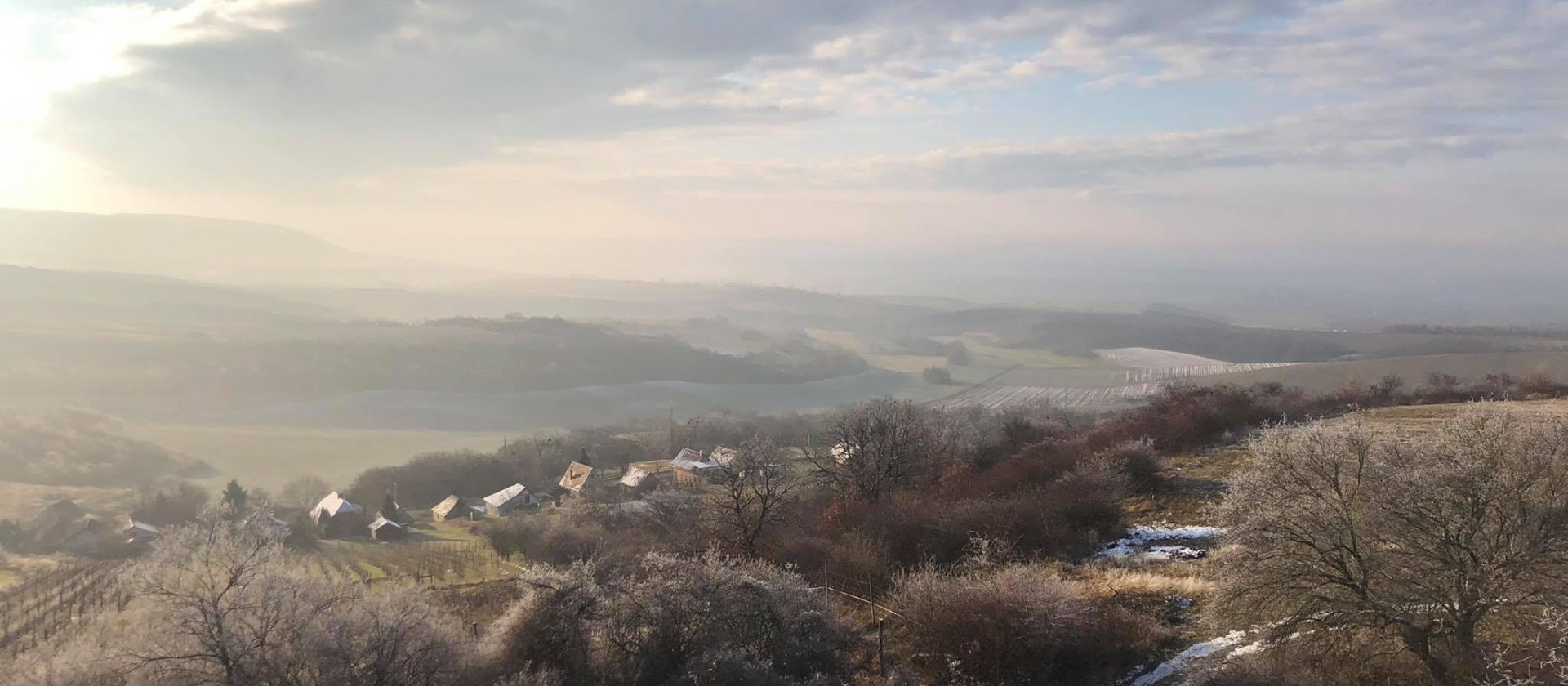
What is a geographical indication?
In Hungary, we are very proud of our agriculture and food industry. There are many products that have gained a serious reputation in the international markets as well, such as onions from Makó, sausages from Gyula or even Tokaj wine and Eger bull's blood. It is precisely because of this widespread recognition that it is important that products of genuine quality from the regions concerned be given some protection - as we know that, unfortunately, all popular and marketable products are counterfeit sooner or later.
Among other things, this protection is provided by geographical indications. According to the National Office of Intellectual Property, "recognising the connection between the quality of a given product and its geographical origin, the aim of protection by geographical indications is to enable the right holders to act against those who unlawfully use the given indication". Such an unauthorized mark is, for example, if the product in question is not actually made in the designated area or does not comply with the parameters set out in the official product specification.
The Hungarian regulation distinguishes between two types of geographical indications, the geographical indication [Vt. § 103 (2)] and the designation of origin [Vt. § 103. (3)] are used. Although both are basically the names of a landscape, a locality or even a country, a designation of origin is a narrower category. In the case of a designation of origin, 'the characteristic concerned must be the result exclusively or essentially of natural and human factors specific to the environment and the production, processing and manufacture of the product must take place in the area', whereas in the case of a geographical indication it is sufficient to: the highlighted characteristic is essentially the result of the geographical origin and at least one of the steps in the production of the product takes place in the area.
Presented by a concrete example, perhaps the institution of geographical indication can be made more tangible. Hilltop is one of the largest wineries in the Neszmély wine region. Its protected wines must meet a number of requirements, such as their color, taste and the preparation process that results in them being bottled. As a result of these strict conditions, the words 'protected under Neszmély' on the label of the wines reassure the consumer that he will find real quality nectar in the bottle.
More information on geographical indications and protection conditions can be found on the website of the National Office of Intellectual Property: https://www.sztnh.gov.hu/en/geographical-indication